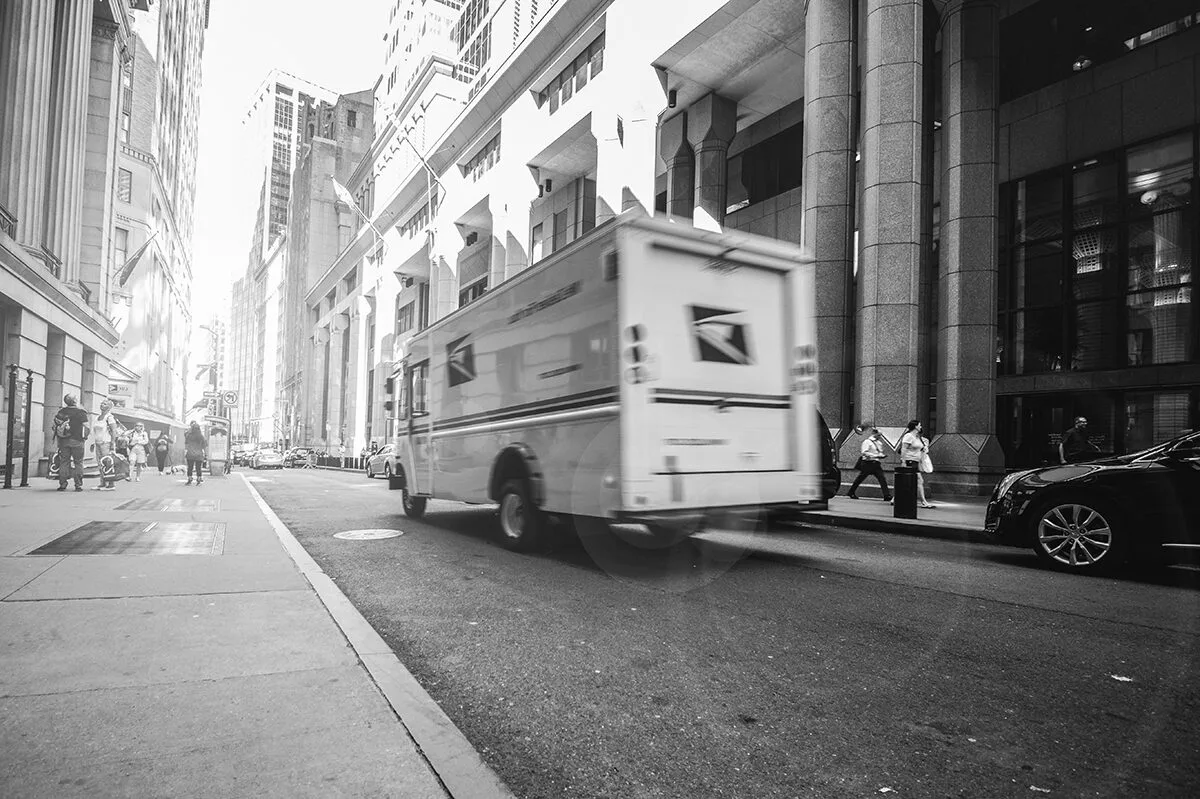
Disruptions aren’t the exception anymore, they’re part of how supply chains run. Whether it’s a ransomware attack, a weather disaster, or a labor strike, most companies have faced at least one serious disruption in the last few years. In this environment, crisis response and business continuity planning can’t be treated as check-the-box activities. They need to be operational disciplines.
Many companies have documented response plans, risk registers, and compliance frameworks. Fewer have continuity plans that are practical, current, and executable under pressure.
Crisis vs. Continuity, Where the Line Falls
Crisis management is the immediate response to something unexpected and high impact. Think: system outage, factory fire, or port closure. It’s about triage, fast decisions, and clear communication.
Business continuity, on the other hand, is the longer game. It focuses on preparing for disruptions before they happen, by finding critical dependencies, defining recovery procedures, and testing whether the response can actually work. It’s less about the single moment and more about supporting operational flow under strain.
Both are essential. One is about reacting quickly. The other is about recovering well.
What Disrupts Supply Chains Today?
- Cyberattacks, especially ransomware, can lock up WMS, TMS, and ERP systems
- Transportation breakdowns, including port congestion, strikes, and capacity collapses
- Supplier failure, whether due to insolvency, quality problems, or force majeure
- Extreme weather events that shut down infrastructure or delay deliveries
- Public health crises, which affect labor, travel, and regulation
- Geopolitical tensions that lead to sanctions, trade barriers, or sudden embargoes
Each of these triggers touches multiple parts of the business, from logistics and procurement to IT, legal, and customer service.
What a Real Continuity Plan Includes
Strong business continuity planning goes well beyond a binder on a shelf. It should be woven into how the supply chain is run. Key components include:
1. Identify What’s Critical
Figure out what can’t go down without serious consequences, suppliers, routes, systems, SKUs, or even customers. Use metrics like lead-time sensitivity, margin contribution, and order volume to prioritize.
2. Assess and Rank Risks
Not all risks are equal. Use a consistent framework to evaluate likelihood and impact. Conduct business impact analyses (BIAs) to quantify financial exposure and operational delays. Align those results with leadership priorities.
3. Set Recovery Targets
Define how quickly you need to bounce back (RTO) and how much data you can afford to lose (RPO). These should reflect your actual risk tolerance, not generic estimates.
4. Build Playbooks
Don’t just write down broad guidelines. Create clear, step-by-step instructions for specific scenarios, like losing a distribution center, a WMS failure, or a Tier 1 supplier going offline. Include:
- Immediate actions and escalation paths
- Alternate suppliers, routes, or sites
- Contact lists and comms templates
- Roles for legal, IT, HR, and customer support
5. Assign Roles and Train Teams
Clarity matters in a crisis. Who makes the call to shift production? Who talks to customers? Who activates backup systems? Roles should be clearly assigned and regularly tested. Desktop walkthroughs and simulated events go a long way.
6. Support It With Technology
Continuity planning relies on prompt, reliable data. That means:
- Backups and tested recovery procedures
- Emergency communication tools
- Visibility platforms that track suppliers, carriers, and exceptions
- Systems that feed real-time risk signals into dashboards or control towers
Where Companies Fall Short
Even with awareness on the rise, there are common execution gaps:
- Plans are owned by audit or risk, not operations
- Tier 2 and Tier 3 supplier visibility is minimal
- Decision authority is unclear during crises
- Playbooks are outdated or too generic to be useful
- Teams haven’t practiced what’s in the plan
When a real disruption hits, these gaps slow down the response and extend recovery time.
Real-World Examples
- Maersk (2017): A ransomware attack crippled IT systems across its global logistics network. Recovery required offline backups and manual workarounds, highlighting the value of tested, non-digital contingency plans.
- Texas Freeze (2021): Supply of semiconductors and plastics ground to a halt. Companies with dual sourcing and buffer inventory got back on track faster.
- COVID-19: Exposed overreliance on single suppliers and manual systems. The firms that adjusted quickly had flexible fulfillment models and real-time visibility across their networks.
What Stands Out Across the Board
- Continuity planning is an ongoing process, not a document.
- Plans work when they’re grounded in operations and tied to genuine business impact.
- Execution depends on clear governance: who decides, what they use to decide, and how fast they can act.
- Technology helps, but it’s only as good as the people and processes around it.
- The organizations that test, update, and rehearse their plans recover faster and protect customer relationships better.
In today’s environment, disruptions are a given. The difference is how well you respond. Companies that treat continuity as a living capability, not just a plan, gain a real edge. They don’t just survive disruption. They stay focused, make faster decisions, and come out stronger.
















